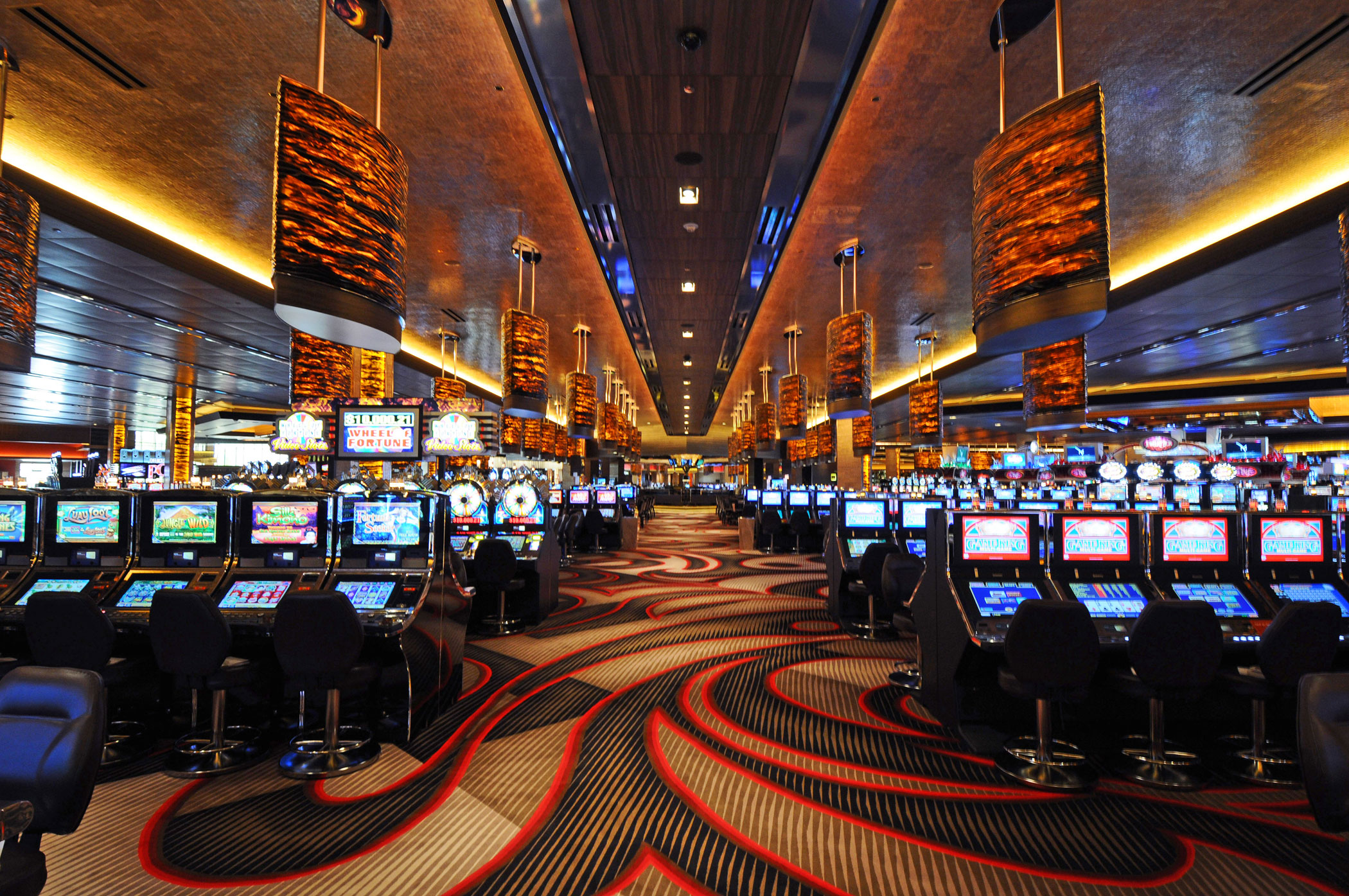
Behind these glittering lights and those alluring sounds of rotating wheels lies an vibrant realm in which innovation meets mathematics: the making of games of chance. As players converge to casinos seeking excitement plus the possibility of striking it rich big, a huge amount of work takes form behind the scenes to create the games for their enjoyment. From the initial concept to the final product that players engage with, many elements are brought together to ensure a captivating gaming experience.
Creators, engineers, and game developers work together to merge innovative technology with enthralling gameplay mechanics. Each aspect, from visuals plus sound effects to odds plus returns, is meticulously crafted to draw in players plus keep them engaged. Understanding the intricate process of the way casino games are made reveals not only the technical skills required but also the artistic vision that transforms these engaging experiences to life.
Game Design Process
The game process begins with brainstorming and conceptualization, where creators develop concepts for innovative casino games. This initial phase often includes identifying potential audiences and analyzing market trends. Designers take into account elements such as game mechanics, themes, and payout structures to create an engaging experience. Collaboration between game designers, mathematicians, and artists is crucial to ensure a well-rounded concept.
Once a concept is chosen, the next stage entails prototyping and testing. Designers create a functional version of the game to evaluate its playability and mechanics. This facilitates adjustments and refinements based on feedback from testers. Iteration is vital, as designers may navigate multiple rounds of testing to fine-tune gameplay balance and user experience. This stage is crucial for identifying any potential issues before the game goes into production.
After testing, the game moves into the development phase and production. This includes the technical aspects of coding the game software, integrating graphics, and ensuring compliance with gaming regulations. Quality assurance testing ensures that the game functions flawlessly across different platforms and devices. Once everything is refined, the game is prepared for launch, often accompanied by promotional tactics to attract players and generate buzz around the new casino offering.
Tech and Advancement
The development of casino games has changed significantly with developments in tech. Modern game design often includes premium graphics, captivating sound effects, and dynamic animations that deliver a captivating experience for gamers. Game developers use sophisticated software tools and coding languages to create these immersive gaming experiences. Additionally, the use of random number generators ensures fairness and unpredictability in outcomes, which is essential for maintaining player trust and compliance with gaming regulations.
In recent years, the growth of online casinos has pushed the boundaries of game development even further. Developers are now able to design games that appeal to a global audience, integrating features such as live dealer options and VR environments. This shift has encouraged new ideas, leading to novel game mechanics and formats that enhance player engagement. Mobile gaming has also become a key focus, prompting developers to tailor games for mobile phones and tablets, ensuring accessibility and convenience for players on the go.
Collaboration among creators, visual artists, and mathematicians is essential in the development process. Each team contributes their expertise to make sure games are not only aesthetically pleasing but also statistically accurate and enjoyable. The integration of player feedback during beta testing allows developers to refine game features and functionalities, ultimately leading to a favorable launch. As technology continues to advance, the potential for innovative game concepts and experiences is endless, promising an enticing future for casino games.
Testing and Quality Control
Once a casino game has been created, it moves into the critical phase of evaluation and quality assurance. This phase ensures that the game operates seamlessly and provides a just experience for users. Teams conduct extensive tests, including operational checks to ensure that all game features work as intended. meilleurs casinos Each component, from visuals to audio, is evaluated to ensure high standards are met.
In addition to functionality testing, the game entails thorough compliance checks to meet compliance requirements. Different jurisdictions have specific regulations governing game fairness and player protection. Quality assurance teams will check that the random number generators are functioning correctly and that the game’s payout percentages correspond with industry standards. This meticulous examination helps establish trust with players and authorities alike.
Finally, user testing may be conducted with actual users to gather insights on user experience. This critical insight allows developers to execute necessary adjustments before the public launch. Resolving any possible issues identified during this phase helps ensure that gamblers will enjoy a seamless, captivating experience when the game goes live. The commitment to excellence reflects the sector’s dedication to delivering pleasant and trustworthy casino games.
